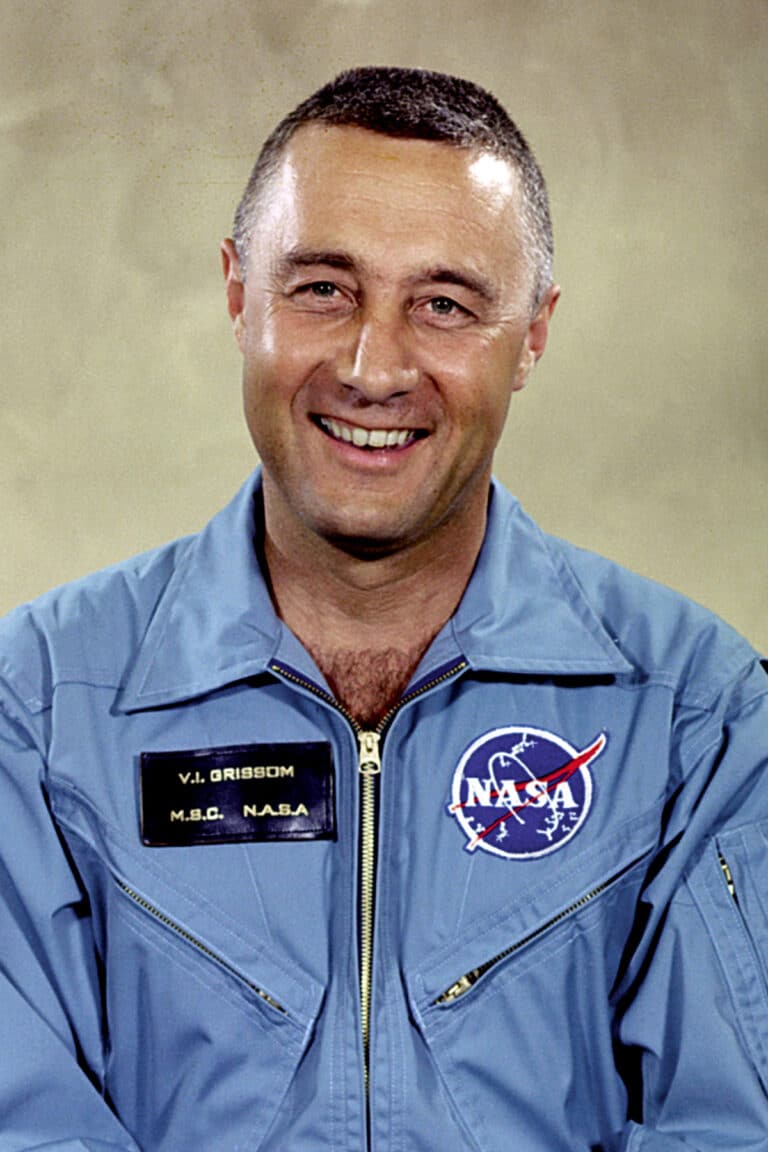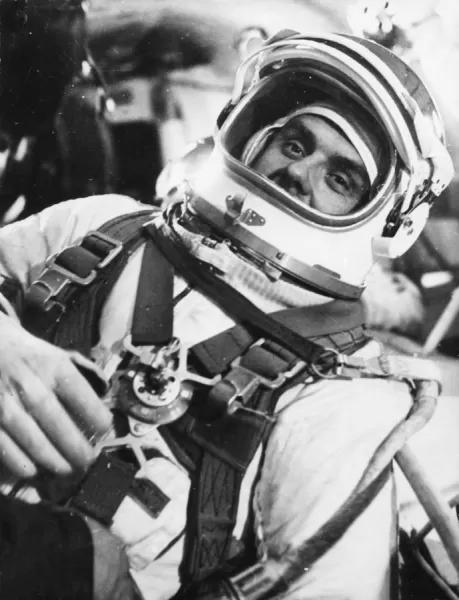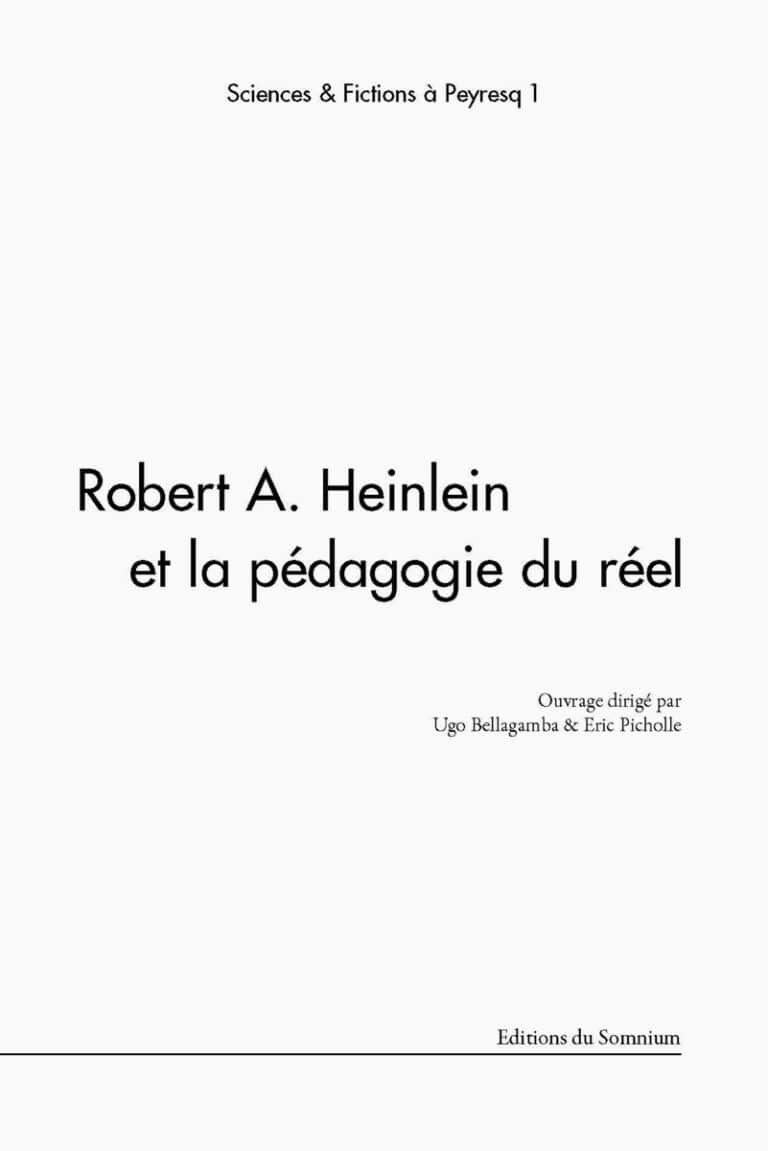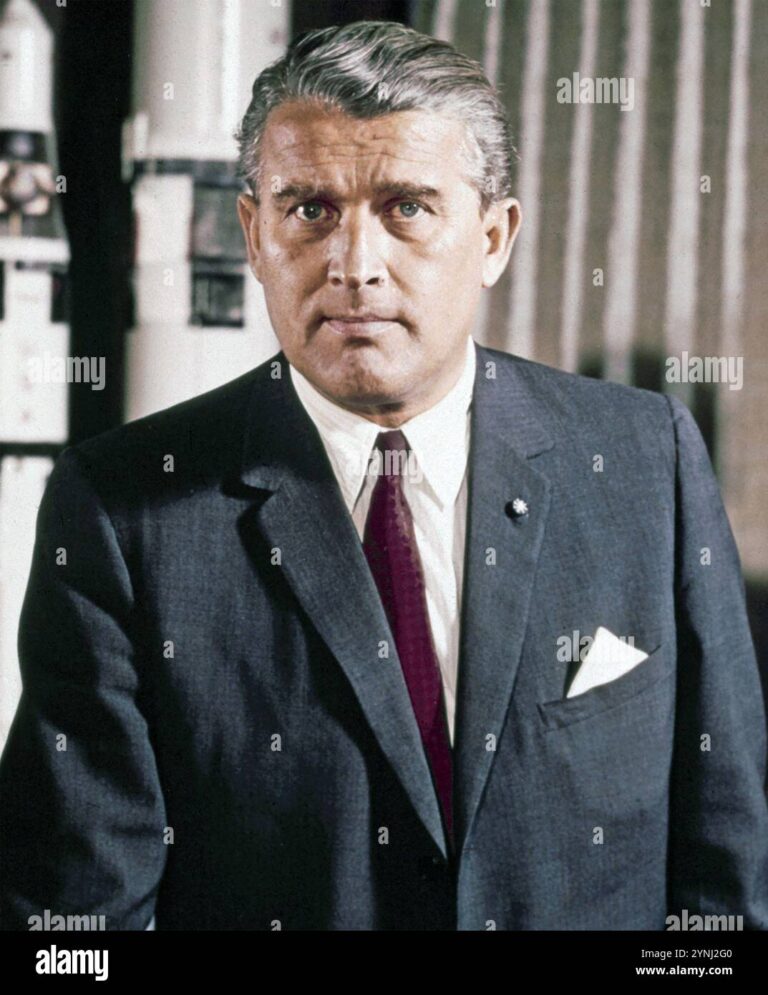At the start of the 20th century, a daring dream took shape in the minds of two American brothers, whose ingenuity would forever change the course of history. Wilbur Wright, alongside his brother Orville, embarked on an unprecedented quest: that of conquering the skies. Through their hard work and unwavering passion, they redefined the concept of flight and established the foundations of modern aviation. Their scientific approach, coupled with technical innovations, has enabled humanity to cross the boundaries of the atmosphere and open up new perspectives for transport and exploration. Thus, Wilbur Wright became not only an inventor, but also a pillar of aeronautics who marked the beginning of a new era.
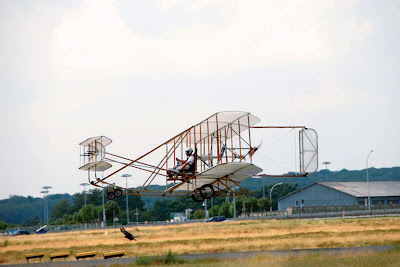
Wilbur Wright, along with his brother Orville, is recognized as one of the pioneers of modern aviation. Their passion for flight, combined with their ingenuity and scientific method, led to a series of innovations that not only enabled the first human flight, but also transformed the perception of the skies and air travel. This article examines how Wilbur Wright’s contributions redefined the skies and paved the way for aviation as we know it today.
Table des matières
ToggleThe beginnings of aviation: a family passion
Born into a family where curiosity and innovation were encouraged, Wilbur Wright developed an early interest in flight. With his brother Orville, they shared a fascination with flying machines, inspired by the work of pioneers before them. This passion drove them to explore the answers to fundamental questions related to flight, while investing many hours in the research and development of their own flying machines.
A path strewn with pitfalls
Over the years, Wilbur and Orville went through many trials on their path to inventing the airplane. There were many failures before success appeared on the horizon. Each failure, however, served to refine their designs and strengthen their resolve. Their first tests with gliders between 1900 and 1902 allowed them to understand the aerodynamic principles necessary for flight. They experimented with various configurations and made adjustments, which was essential for the development of their devices.
The invention of three-axis control
One of the major innovations brought by Wilbur Wright was the invention of three-axis piloting. This technique made it possible to control the direction, ascent and descent of the aircraft, making flight not only possible but also navigable. This approach was essential to ensure the stability and safety of future flights. Through his innovative adjustments, Wilbur not only increased flight potential, but also paved the way for more complex aircraft designs.
The decisive moment: the first manned flight
On December 17, 1903, the history of aviation took a decisive turn. It was on this day that Wilbur and Orville made their first manned flight to Kitty Hawk, North Carolina. Their efforts resulted in a 12-second flight, covering a distance of 36.5 meters. Although this may seem modest by today’s standards, this event marked the beginning of a new era, that of powered aviation. This historic moment opened the doors to modern aviation, inspiring future generations of pilots and engineers.
Wilbur and international influence
After their success in the United States, the Wright brothers began to become known internationally. Wilbur, in particular, traveled to Europe to share his discoveries and innovations. This popularized aviation and inspired other inventors to also develop flying devices. His involvement in flight demonstrations, particularly in France, greatly contributed to establishing the importance of the advances they had made in the field of aviation.
Collaboration with the army
Wilbur Wright also played a crucial role in establishing early relations with the French military, which saw aviation as a potential tool for military applications. His flying demonstrations not only captivated the public, but also persuaded military authorities of the strategic importance of aviation. This partnership has been fundamental to the development of aviation as an essential field in military conflicts.
A lasting legacy
Wilbur Wright’s contributions to aviation are not limited to his personal achievements. His methodical approach, his sense of research and his desire to share his discoveries with the world redefined the sky. Through his innovations, thousands of lives have been touched and transformed by the possibility of flight. His legacy lives on today, not only in commercial aviation, but throughout the aviation industry.
In conclusion, Wilbur Wright redefined the skies through his passion, ingenuity, and essential contributions to the science of flight. His journey and successes were a source of inspiration, marking the beginning of a new era in aviation history.



















